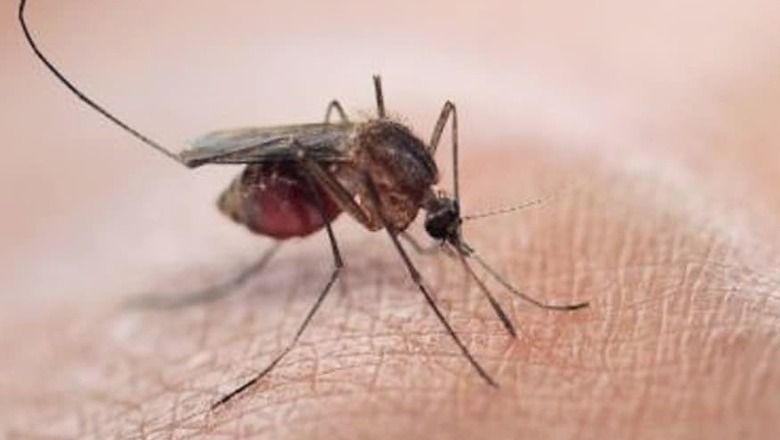
views
Experts from the International Atomic Energy Agency (IAEA) and the World Health Organization (WHO), who helped Bangladesh assess the current dengue outbreak in the country, have also drawn up a plan to test a nuclear technique to subdue the mosquitoes from spreading the disease. Notably, Bangladesh has been battling the outbreak of the mosquito-borne disease, which along with other diseases like malaria, chikungunya and Zika, has affected the world at large in recent years.
A country boasting of approximately 160 million people, Bangladesh is facing the worst outbreak of dengue since 2000. The South Asian nation has seen the number of cases rise to over 38,000 since January 2019, with 40 deaths being recorded from dengue since the beginning of the year.
The IAEA and WHO experts recently visited Dhaka, at the Government's request and met officials from the Ministry of Health and Family Welfare and the Ministry of Science and Technology to discuss the possibility of using of the Sterile Insect Technique (SIT) wrote IAEA on their website.
Notably, the SIT is a type of insect birth-control that uses radiation to sterilize male insects. These sterilized males are then introduced in large numbers to mate with wild females, but no offspring is produced, resulting in the reduction of the target insect population over a period of time.
According to IAEA website, the experts agreed with Bangladesh officials on a four-year plan that includes selection of a pilot site for the release of sterile male mosquitoes in 2021-22, and a schedule for IAEA technical assistance in partnership with the Food and Agriculture Organization of the United Nations (FAO), to train national staff, upgrade existing facilities to mass rear and sterilize the insects, and collect baseline data ahead of releases.
Speaking about the same, Rafael Argiles Herrero, entomologist at the Joint FAO/IAEA Division of Nuclear Techniques in Food and Agriculture said that the SIT has been successfully implemented against a number of insect pests of agricultural importance in the past and now is being adapted for use against the mosquitoes, adding that it is specific to target species and do not affect other organisms or the environment.
Mahfuza Khan, Director and Chief Scientific Officer at the country’s Institute of Food and Radiation Biology further states that the country has already established a mosquito insectary in 2008 under an FAO/IAEA project to conduct basic research on the application of SIT, and the insectary can produce 30,000 to 40,000 mosquito larvae per week for SIT application. According to Khan, the aim in the next four years is to “increase this number and test the sterile male mosquitoes in semi-field and field conditions.”
According to the IAEA website, the joint mission is part of a newly established collaboration between the IAEA and WHO in Bangladesh. The two organizations signed an MoU in July 2019 to intensify research and development on the use of SIT to fight disease-transmitting mosquito vectors.


















Comments
0 comment